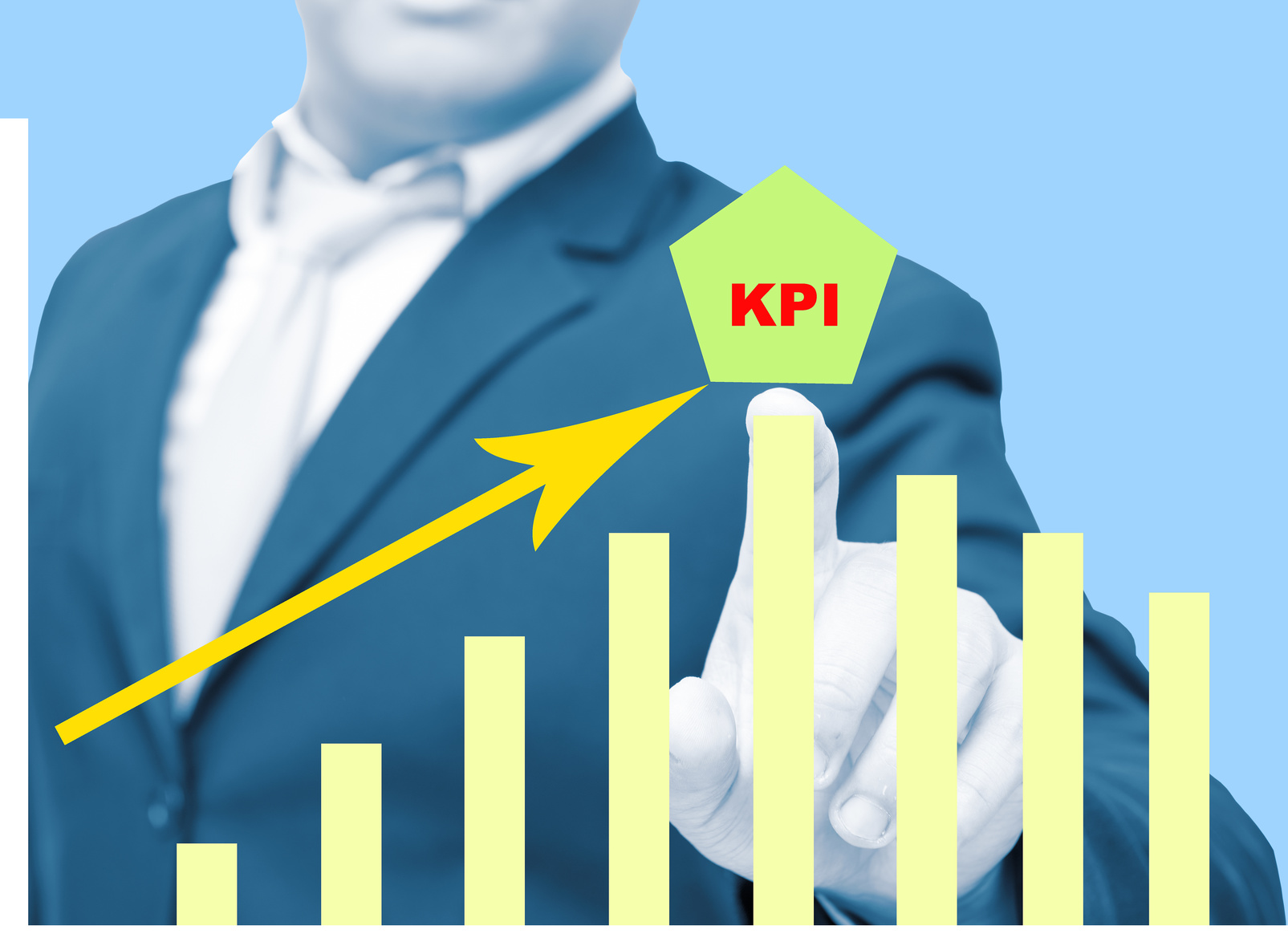Three seconds of load delay on a website. That’s all it takes to repel as much as 57% of customers.
There’s no question about it: It’s a massive loss. For start-ups, it means lost business.
Now, imagine a website going down for an hour. Think of Twitter’s technical difficulties back in April and how it agitated many of their users (most likely even you!).
Of course, Twitter is a huge company, so they minimized the backlash. But smaller businesses suffer big losses when they have web pages slow to load.
Both problems are a hassle, and it’s more daunting to face them as a small website owner.
Don’t worry! You aren’t without solutions. This post will show you how you can deal with these slow loaders (plus downtime tips), so keep reading!
Dealing with Web Pages Slow to Load
As Internet access becomes faster globally, user impatience is becoming a major hurdle. If it takes your website more than 3 seconds to load, you stand to lose 53% of mobile users.
The question is, why do websites slow down?
Slow load times can happen because of your website’s built. Clunky design and code are factors that cause inefficiency. Sometimes, it’s because your website host is distant, relative to the user.
Don’t pull your hair out in worry yet. Try out these six solutions first that can speed up your business site.
1. Finding the Right Type of Server
Every businessman dreams of gaining wide international reach. For start-ups, that goal is achievable, but you need to be wise about server selection.
Free Servers
Free servers need you to compromise page space for their ads. At the same time, your site will need to be lightweight.
The daily bandwidth cost you’re allotted can be lacking. Sometimes you’ll have to foot the bill when you surpass their limit.
It’s also possible for them to disable your site for a short period of time.
In any case, it’s a limited solution for e-commerce sites. But its good way for individuals to make an initial impression without breaking the bank.
Paid Servers
Paid servers are much better at maintaining your online presence. They provide consistent website speed and stay live almost all the time (think 99% uptime).
Like looking for a free server, selecting the right provider is a must. If a service offers unlimited bandwidth or disk space, don’t assume it’s true.
There are always limits on how much bandwidth your website can consume before you have to pay extra.
Look out for secure servers (HTTPS not HTTP) as well. That added level of protection is a must for e-commerce websites.
There are other things to consider in your server choice, such as hardware, physical space, and even number of employees. Shopping around for offers and research is your best friend here.
2. Your Media Assets Can Never Be Small Enough
You only have seven seconds to stand out and make a great first impression. As such, you need an award-winning website that can satisfy even the most critical eyes.
Using beautiful HD images of product is great for bringing in customers. Video demonstrations of your services can also make for good first impressions.
But they can also compound in size and hamper page load speed.
Proper image compression cuts down on image load times. After all, you don’t need all your product photos to be in 4k.
Disabling hot links to your images is a must. People who use those links add to your bandwidth.
Hosting your videos on a rented server is also a mistake. Not only do they slow your page down, but they’ll also make your bandwidth consumption skyrocket.
Pro Tips: It’s much easier to make a company YouTube channel and embed your videos on your pages. Also, take the time to learn more about web design and media assets. This way, you can balance quality and speed to meet your website visitors’ demands.
3. A Good CDN helps Your Foreign Customers
When it comes to going international, content delivery networks are your best friend. They function as nodes which store certain data from your website.
Objects like images and PDFs go into caches. This then spread across many different nodes.
If a user is browsing your site across the world, a CDN will check data caches that are closest to their location. This prevents your web pages loading slow.
4. Using Minification to Tighten and Lighten Your Code
Code compilation plays a major role in website speed. Cluttered lines of code occur for many reasons.
For instance, white spaces and comments compile along with the important parts of your code.
Minification cuts out unnecessary spaces and comments. Rather than having four for one function, a simpler, single line replaces it.
Minifying is best used with CSS and Javascript files that exist outside of the main code.
5. Picking the Right Options for WordPress
WordPress is a fantastic content management system that offers many user-friendly tools. Opting to use their services makes web page creation a breeze.
But if you’re a beginner, a WordPress site can still load like a snail.
The first thing to do is to delete plug-ins that you don’t need. Some features like spam filters are redundant because of other programs like Disqus.
Choosing and sticking with a specific SEO plug-in means disabling WordPress’ own SEO.
Building tools that help you at the start aren’t necessary for your finished product.
Adding new tools to optimize your page should be a top priority for you. But make sure that none of them conflict with other elements in your website.
6. Website Downtime and How You Can Deal It
Downtime is inevitable for almost any business. Whether it’s because of a server problem or a DDOS attack, your site will go down somewhere along the line.
But you’re not completely helpless when it happens. The best way to cope is vigilant about the issue.
There are services which keep track if your site is live or not. The best of them also check website availability according to locality.
You can never have enough information when it comes to downtime. That way, you won’t have worry about losing potential conversions because of a minor slip-up.
The Benefit of Different Viewpoints
Sometimes, problems like web pages slow to load can persist regardless of what you do. It’s easy to overlook issues that plague your business.
But that’s not always your fault.
That’s why having a different perspective is so important to web design. Fresh eyes can spot optimization problems and offer creative solutions.
We can give you new insight into how you can evolve your business. Learn more about what new ideas can benefit you by paying our blog a visit.




